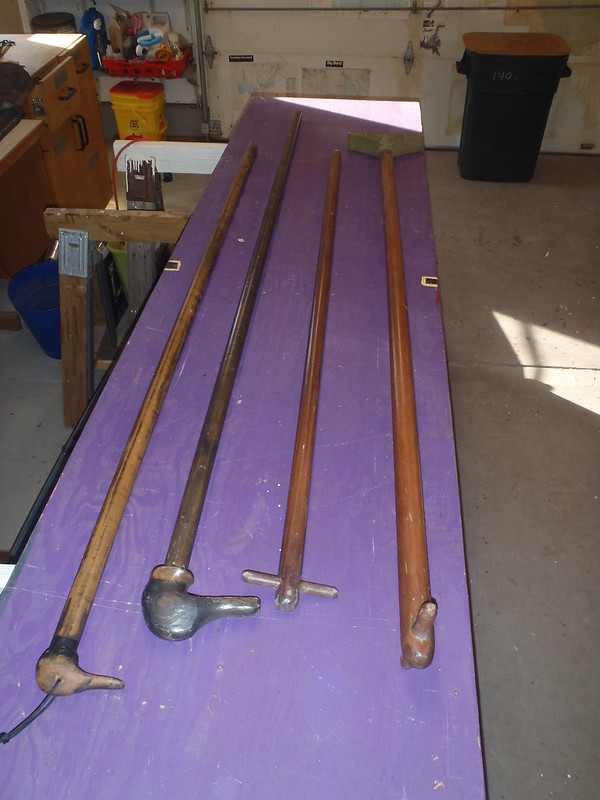I’ll have to get a photo next time it’s out. My edscanoe invoice describes the seat in my Pack currently as “Old Town Style oldtostrese 1 51.00 Wood type = Ash Webbed Old Town Replacement Seats Style Contour”. I might add a lowering kit to this setup, as it’s done nicely for me to lower the seats in the OT Camper. Butt padding & back band would indeed also be helpful.
Magnus, Ed’s Canoe makes, and for simplicity sake lists as options, seats and parts for Old Town, Mad River and Bell, with OEM specific replacement shapes and sizing, seats and thwarts and drops, but will make any of their seats to specific hardware/hole spacing. Truss hangers too IIRC, with a small upcharge. Lowering a hung seat, even an inch, can make a huge difference.
Having some oppositional force, braced in place against a back band augmented with a foot brace is likewise helpful, more so using a double blade. But you don’t have much lower you could go with the RapidFire seat before you are sitting wet butt in a bilge puddle.
(BTW, if you stick a short piece of hose of the bilge pump’s exhaust nozzle it is even more effective with open boats; everything pumped goes neatly over the side)
I've had my RF for a number of years and an estimate would be 500+ entries and exits. I'm not young or flexible and have only been in the water twice.
It may be my kayaking background but I find the RF to be very stable. I use the "out rigger" method of getting in and out while parallel to the shore to stabilize the boat.
I feel some responsibility, as someone who repeatedly sang the praises of the RapidFire. There are only two boats I regret not having kept, and the RapidFire is one. I am a big headed, big shouldered, top heavy, not very limber and kinda sloppy balanced paddler, and I loved how that hull paddled.
I don’t much like doing the outrigger brace with an expensive carbon double blade unless absolutely necessary. There are other ways; a stout wood single blade, wedged in the water against the offside gunwale as an entry/exit assist balance support cane to help hold yourself more stable works wonders. Better than trying to arm brace off the bottom with wet sleeves.
Or a 5 to 6 foot closet rod pole, used as a stabilizing staff or entry/exit outrigger. A length of Home Depot closet rod also works as a push pole/hiking staff/spare tarp pole and etc. I’d much rather stress and scratch a length of $20 wood closet rod than a $300 carbon double blade.
https://www.homedepot.com/p/Weaber-6-ft-Oak-Closet-Pole-65429/300722709
Stick an plumbing end cap with spike on one end if you like, and a dowel tee grip on the other end, and you have a multi-functional stick. The tee grip (or duck’s bill head) is really handy for grabbing things out of reach, in the boat or on land.
 PC261477
PC261477 by
Mike McCrea, on Flickr
I hope you find a way to love the RapidFire, especially if your principal difficulties are getting in and out (mine too).
Or not; if no one comes to love the RapidFire I’m pretty keen on that canoe, and would entertain some interesting two-for-one equal value trades.
Were I you my biggest fear would be that the missus try it, like it and leave me barge paddling in her wake.